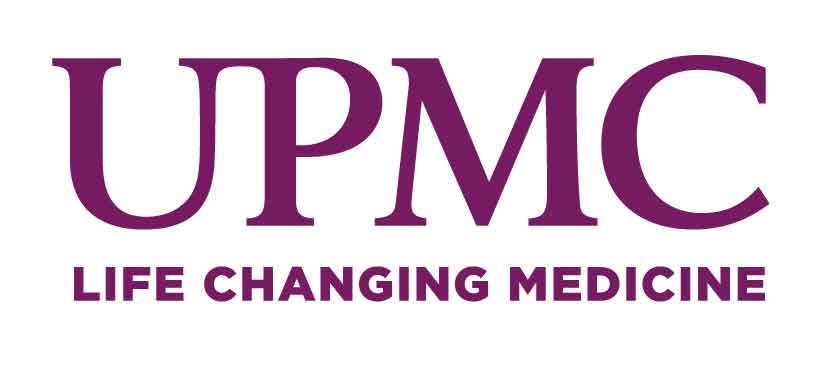UPMC: New Survey Uncovers Successes and Gaps in COVID-19 Guidance to EMS First Responders
The first comprehensive nationwide assessment of emergency medical services (EMS) guidance issued in response to the COVID-19 pandemic reveals that while there was great variability in the development and dissemination of protocols to protect frontline emergency responders and their patients, the vast majority of states and territories surveyed provided some level of direction.
Still, nearly 2 out of every 5 states or territories did not make their guidelines accessible online, according to a survey led by a University of Pittsburgh School of Medicine physician-scientist and published this week in the Journal of the American College of Emergency Physicians Open. It details successes and gaps in EMS guidance that can be used to help U.S. state and territory EMS offices in preparing for future infectious diseases emergencies.
In particular, states and territories without specific guidance provided less comprehensive information to frontline EMS agencies, including lack of recommendations for how to perform cardiac arrest resuscitation and when to stop, as well as care of special populations, such as children, despite these topics receiving significant media attention.
OwusuAnsahresize
“As a society, we’ve survived so much. The question is what are we learning from these things? By figuring out where the best guidance comes from, it may urge states to work together sooner to bridge any gaps and integrate with one another,” said Sylvia Owusu-Ansah, M.D., assistant professor in the departments of Emergency Medicine and Pediatrics at Pitt and EMS medical director at UPMC Children’s Hospital of Pittsburgh.Owusu-Ansah led a team of researchers from Florida to Minnesota in collecting data to learn what COVID-19 protocols and guidelines were available to EMS agencies, and what resources were used during the pandemic’s first wave. “EMS, like every health care institution, did the best they could to stay on top of the COVID-19 pandemic by changing guidance in due time,” she said.
In the first phase of their study, the team examined publicly available documents in 50 states, the District of Columbia and five territories to learn about development of COVID-19 guidance and protocols for EMS clinical management and operations. They found that while the majority had easily accessible EMS protocols posted online, a sizeable minority – 37% — did not.
EmergencyMedicine resize
In the second phase, the study team interviewed state EMS officials using a standardized survey tool. They were asked to verify whether their state had mandatory EMS protocols or recommended guidance, and whether the pandemic prompted their state or territory to issue COVID-19 specific guidance or make changes to clinical or operational protocols. Among the officials interviewed, 64% said their state or territory issued either formal protocol changes or specific guidance for the pandemic.
Interestingly, the research team points out, the presence of existing EMS protocols or recommended guidelines was not associated with increased likelihood of states issuing COVID-19-specific guidance. To plan for future waves of COVID-19 and other pandemics, the research team says that additional work should correlate state- and territory-level guidance with COVID-19 clinical and operational outcomes. This would inform whether guidance was effective in impacting EMS response and service to communities during public health emergencies.
“This all comes down to doing what is best for our patients,” said Owusu-Ansah. “The clock starts ticking in health care as soon as the patient gets sick. If a 911 call results, the teamwork begins immediately with EMS, and there are a lot of lifesaving efforts before the patient ever gets to the hospital.”

